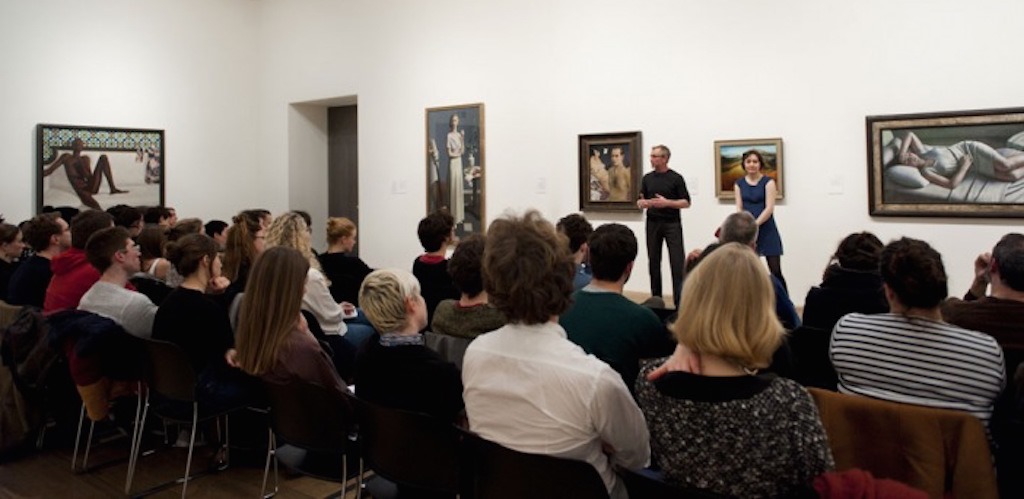
Pieternel Vermoortel "The treasure is accessible"
Dear Pieternel, last time we saw each other was when you interviewed Reto Pulfer at Stroom Den Haag. FormContent, the space in London that you co-founded and still co-run, changed from a fixed space to a nomadic existence around that time. How has this nomadic existence felt? Has it changed the programming strongly?
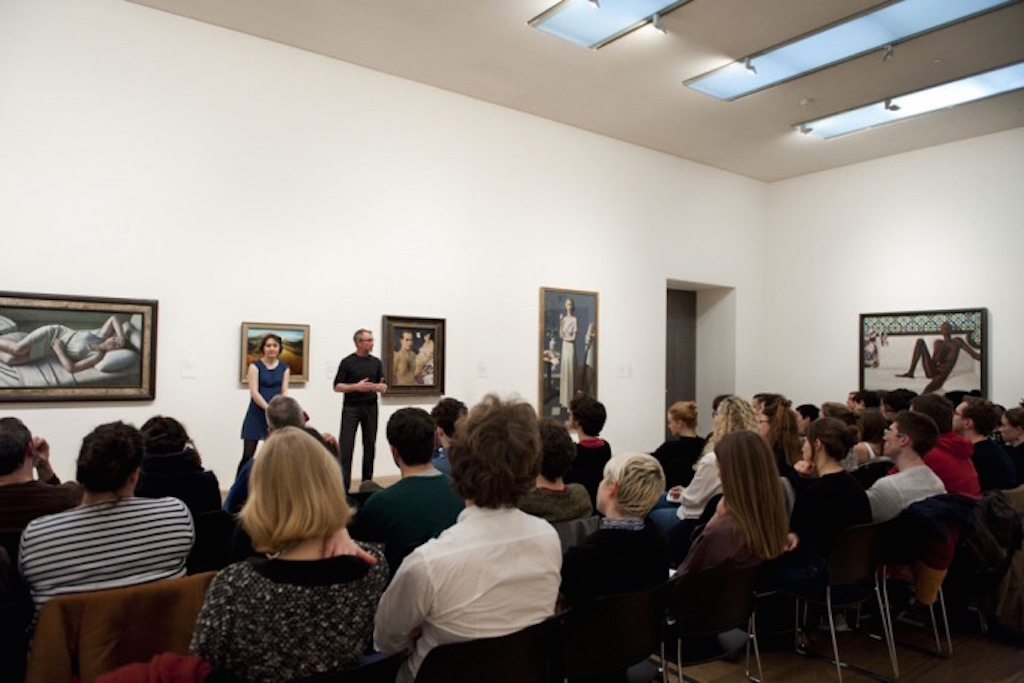
Hi Maaike, that is indeed a while ago – I remember the interview vividly though, entering Reto’s codes, his world, I guess the right mindset to enter FormContent’s programme’s. To answer your question, the previous programme really shaped our thinking and working. It is very different to work nomadically, how you frame a programme without the limitations of space.
We finalized the programme you are hinting at It’s moving from I to it with a traveling play written and directed by Tim Etchells. He looked at the last 3 years of programming and used it as raw material to direct a play that traveled for a year to various contemporary art institutions in Europe. The idea that one programme as a foreign body entered another one created short circuits. It is what happens with artistic practices as well. A certain rhythm enters another one and this generates tension or opens perspectives. This was also the aim of the programme, embarking a linguistic and fictional journey into questions of authorship, language and institutional rhetoric’s.
This nomadic existence shapes the structure of FormContent’s existence. So we rethought our organization ones again in order to understand the conditions to produce and distribute cultural production. The current programme we just embarked on is titled The Subject Interrupted, a programme that tries to place at the centre an understanding of the drives of the creative subject.
We started the programme with an exhibition in Singapore, Practising the habits of the day. As a way to understand how much we need routines, set conditions, to feel comfortable, to be able to think, perhaps that is why some people need the physical space or artists a studio. We created conventions to look at art, to navigate contemporary art, to understand it. Though sometimes these routines might turn into oppressive forces. So it is a balance really but an interesting one. As such being nomadic is central at this point.
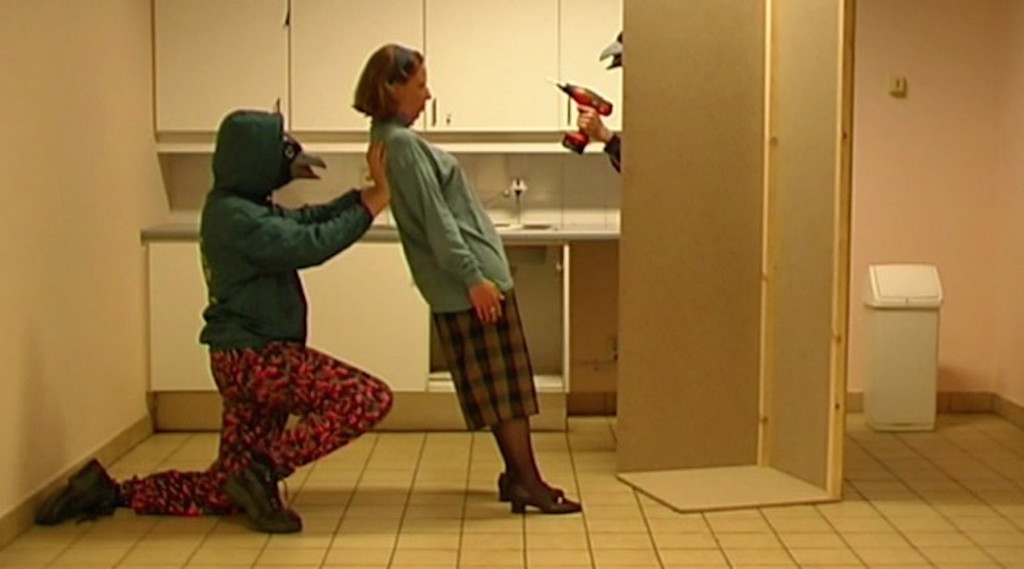
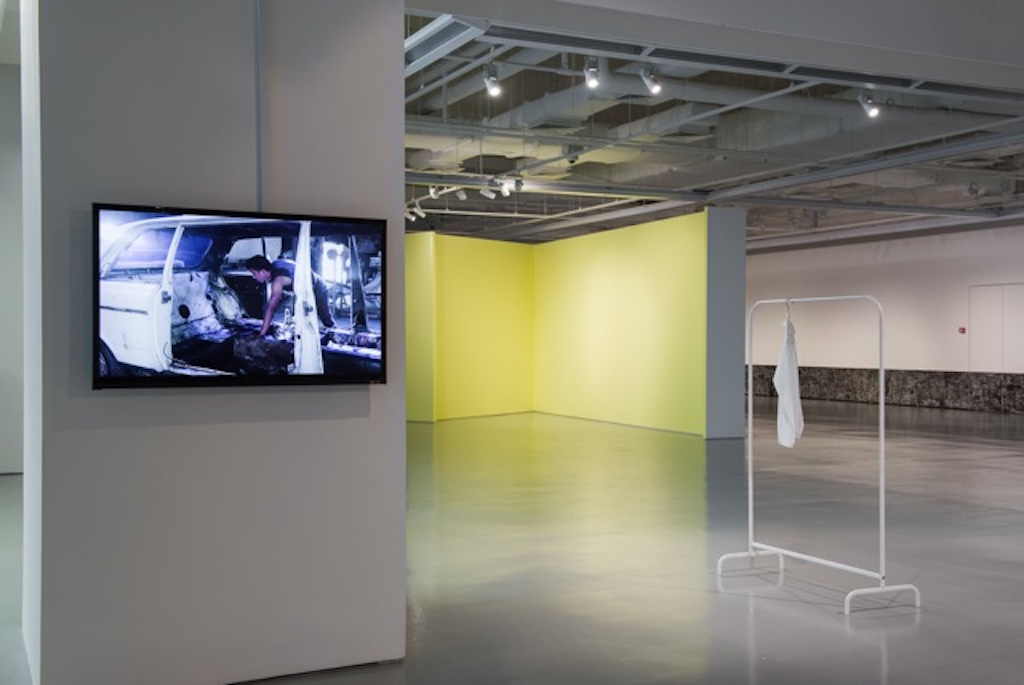
Next to your work at FormContent, you also work as a writer and curator on a freelance basis. You are now working on a series of publications that deal with collecting called CAVE. Is the title a metaphor for a cave filled with art collected by greedy people or is it an abbreviation?
CAVE is a funny title, it is not an abbreviation – even though you could make some titles from it – we tried. It indeed stands for the metaphorical cave, but not necessarily the one of the greedy collector. It is more a reference for looking into the cavities of our collective memory, the place to leave imprints, a place that is both secluded and protected. It refers to the writing of history; it’s problems, the need to create signs in time, but also the dark elements as we know the way caves were portrayed in the 70ties and 80ties. It thus also understands the intimate relationship with what is collected. From this position it asks the question on why, what and for who are we collecting today. At the same time it’s a kind of ironic play on CAHF – the impossible name of the collaborative experiment between 4 Flemish museums that are actively collecting contemporary art (S.M.A.K., M HKA, Mu.ZEE & Middelheim) that is the initiator and co-publisher of the series. CAHF operates internationally and not without a sense of humor CAHF in English could be CAVE.
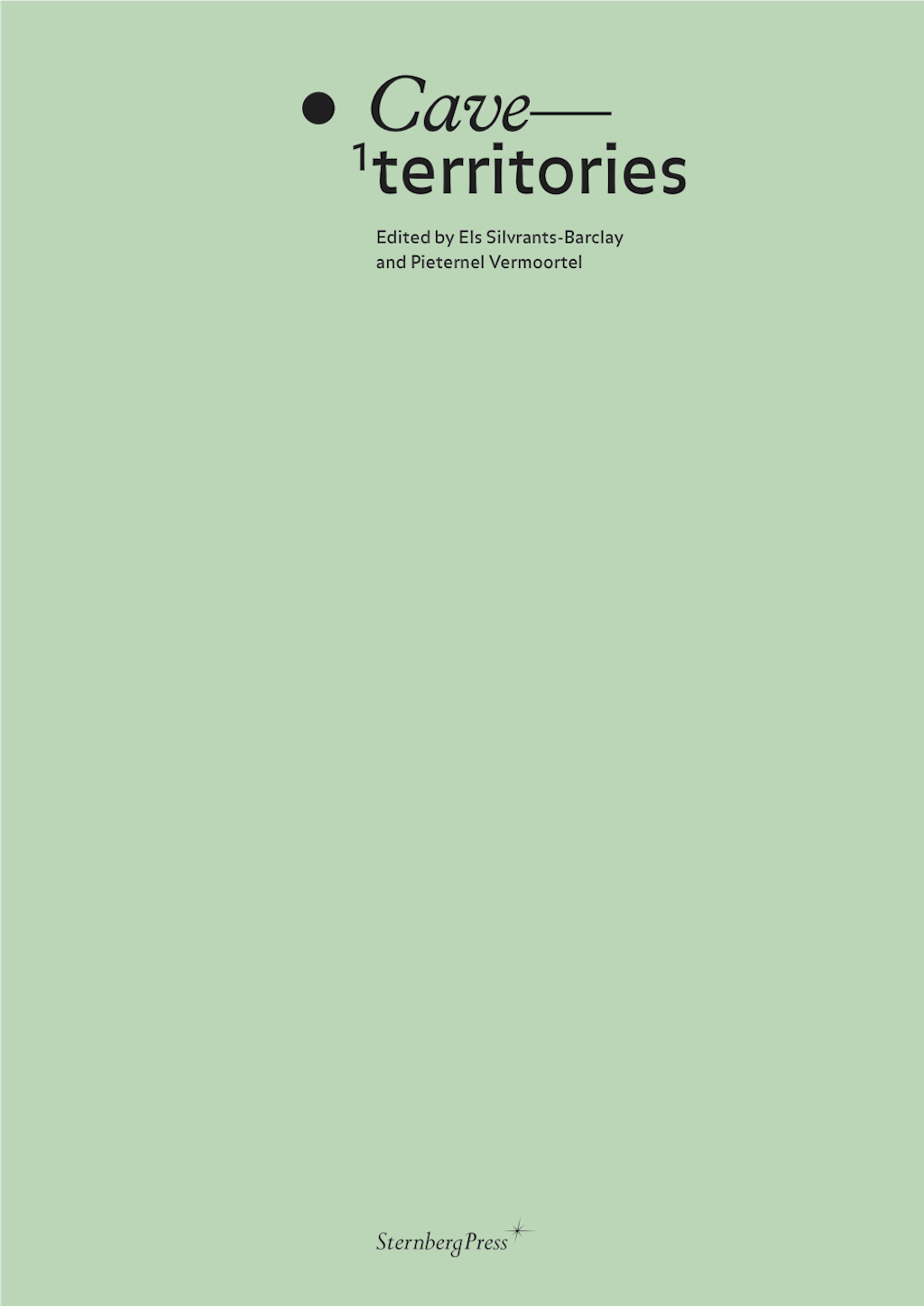
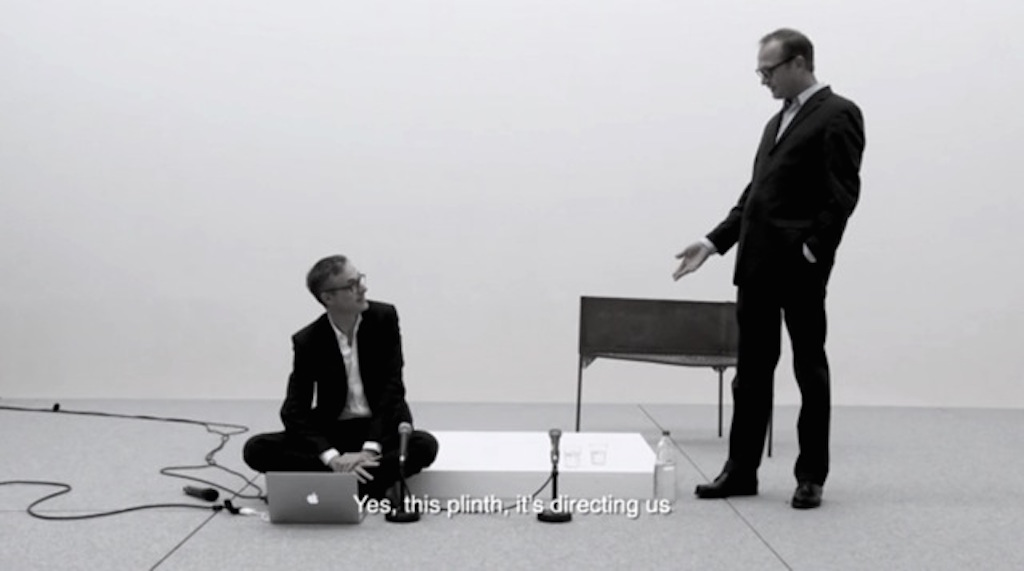
The series promises to be rich, collection in the broadest sense will be addresses (private collecting, public collection, collecting done by museums or institutions). Why is it important to deal with collecting at this moment in time?
We realized that giving attention to the collection is crucial today as it is a material barrier, it provides a resistance, it shows our politics
[answer Pieternel Vermoortel]This is actually the topic of the first issue. The territory of the discourse of collecting. We have tried to understand this by mapping it out in concentric territories; the territory of the museum-institution and its architectural incarnation, the territory of the nation and welfare state, the territory of history versus historiography, and the territory of center versus periphery.
As such there are many answers to your questions – collection practices have the potential to navigate processes of inclusion and exclusion, it raises issues in regards to the understanding of linear history, it defines the role of museums in the creation of identity and territorial representation. This is quite a broad scope but we’ve tried to narrow it down by thinking through the specific case of Flanders and it’s strong anti-institutional undercurrent. Flanders smaller-scale, fairly young institutional landscape is vexed between different policy levels. How to make smaller-scale, ensemble-like, locally anchored collections as “subjective” voices an actual merit instead of a weakness? How to think beyond the collection as a representative space? We really think this is an important question, also internationally, and that there is a real need for alternative working modes and collecting strategies that are both realistic as well as speculative.
We tried to consider both the past and the future, including thought-provoking scenarios such as Clémentine Deliss’s proposal for the reinstatement of research collections also as a potential scenario for the contemporary art museum, as well as strategies for the sedimentation of collections and the layering of exhibitions in museum architecture. We looked at a number of historical case studies that are still surprisingly relevant. Take the under documented project by Jef Geys at his former high school in the rural town of Balen from 1984, where he showed the contemporary art collection of the museum in Ghent. Already through these two exercises we realized that giving attention to the collection is crucial today as it is a material barrier, it provides a resistance, it shows our politics, and ones you take working through these collections seriously we might be able to think through public forms rather then presenting the render / the image of the collection as a treasure.
The publications will contain, among many articles and artist contributions, also anecdotes. Can you share one with us?
I’m going to quote a short passage from ‘The Envelope’ by Jasper Rigole, as it is a nice entry into the publication: “However, encouraging a child to start a collection does more than simply provide him with a way of getting to know the world around him; it is also the perfect way to say to a child: “Find something quiet to keep yourself occupied.” For a time I did my best to subscribe to this, dutifully prying off franked stamps above a steaming saucepan. I chiefly remember colorful stamps of songbirds and the face of King Baudouin in various stages of the aging process, but after a while, it became difficult to find new stamps. What’s more, my collection was almost entirely devoid of exoticism. It turned out that we only maintained a very local correspondence. Also, I soon noticed that my friends’ stamp albums were filling up more quickly. Their parents were giving them unfranked stamps as presents, and quite soon my collection faded into insignificance. I was thus confronted for the first time with perhaps the most classic motivation for collectors: the accumulation of goods and the status that goes hand in hand with this. Indeed the teacher who encouraged us to start a stamp collection turned out to be the president of the local stamp club. He repeatedly encouraged us to add new stamps to our collection every week by acquiring them at his club.”
More info here
Maaike Lauwaert


